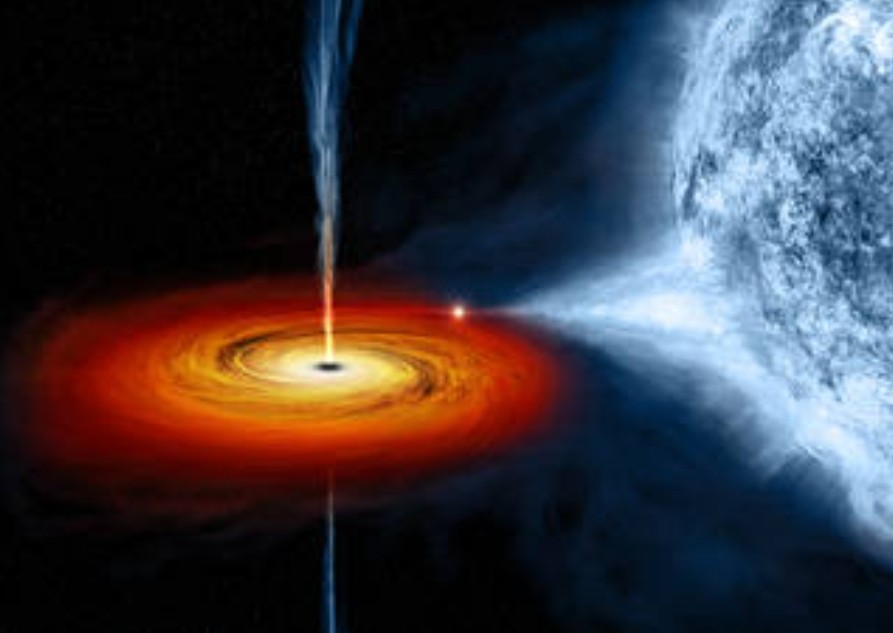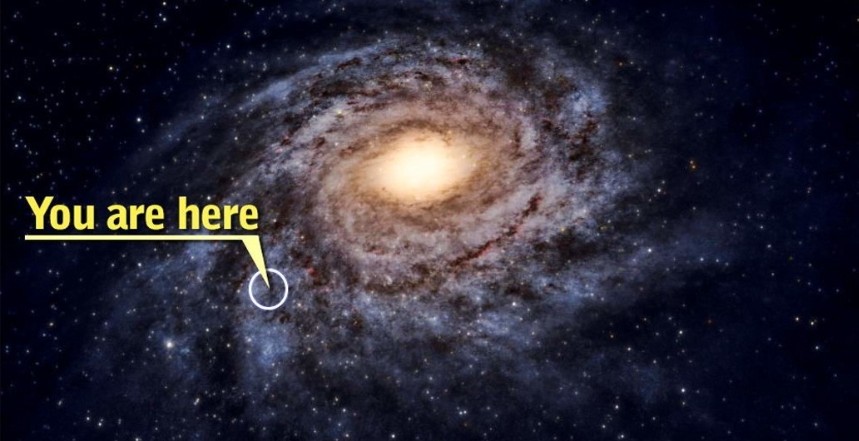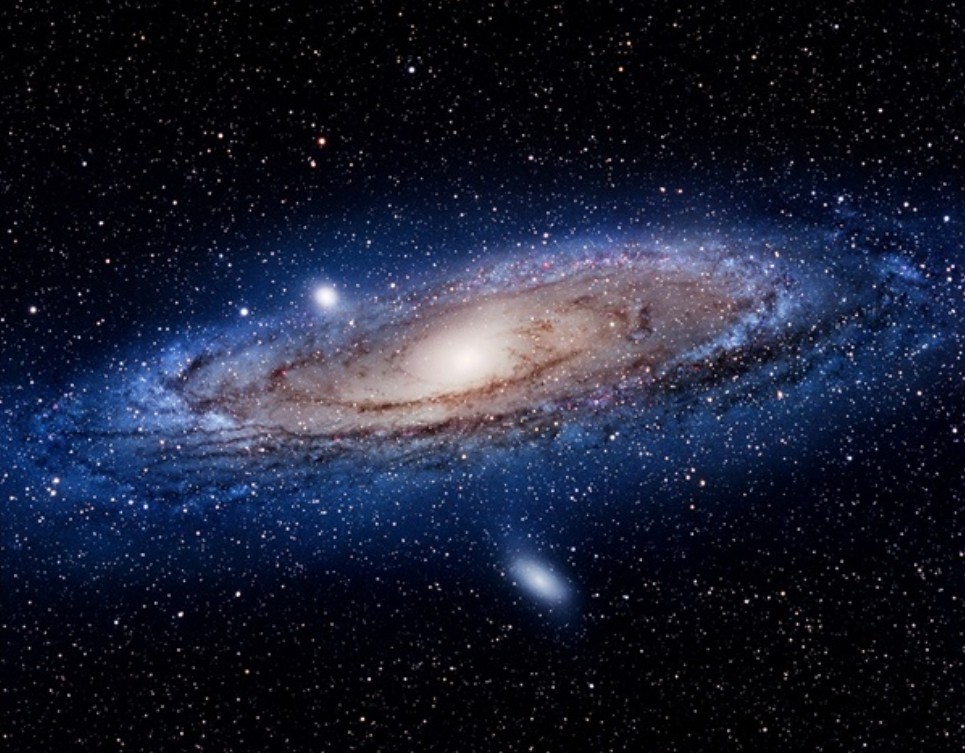
Staff writer
The universe is all of space and time and their contents, including planets, stars, galaxies, and all other forms of matter and energy. (Wikipedia)
The universe consisted of – normal matter, ‘dark matter’ and ‘dark energy’.
The phenomenon of black holes is more recent compared to the well known contents of the universe such as galaxies, stars and planets.
A black hole – is a region of spacetime where gravity is so strong that nothing – no particles or even electromagnetic radiation such as light – can escape from it. (Wikipedia)

A galaxy is a system of millions or billions of stars, together with gas and dust, held together by gravitational attraction; this includes black holes.
Our planet earth 🌎 and the surrounding planets and stars such as Mars, Jupiter and stars such as the Sun are contained in the Milky Way galaxy (our galaxy since there are other galaxies out there.)
BLACK HOLES
There are big and small black holes. Scientists believe that these black holes were formed at the formation of the universe.
Over 300 researchers worked together to capture the image, compiling information from radio observatories around the world.
Scientists used observations from April 2017, when several observatories platforms pointed at the same black hole.
“Although we cannot see the black hole itself, because it is completely dark, glowing gas around it reveals a telltale signature: a dark central region (called a ‘shadow’) surrounded by a bright ring-like structure,” according to the EHT team.
EHT team

Black hole
The singularity at the center of a black hole is the ultimate no man’s land: a place where matter is compressed down to an infinitely tiny point, and all conceptions of time and space completely break down. /Space.com/
The black hole is often referred to as Sgr A*, pronounced sadge ay star. Its mass is about 4 million times that of the sun, and it’s about 27,000 light years from Earth, according to Massachusetts Institute of Technology (MIT).
Black holes have posed a major challenge to astronomers and scientists in general because they trap light making it impossible to see through the darkness and because of their massively strong gravitational forces. Nothing seems to escape their gravitational pull – they are invisible.

The Milky Way galaxy details: Age | 13.61 billion years | Radius: 52,850 light years | Escape velocity 550 km/s | Absolute magnitude: -21Number of stars: 100–400 billion | Shape: Spiral | Constellations: Sagittarius, Orion, Scorpius, Carina, Ara, Auriga.





